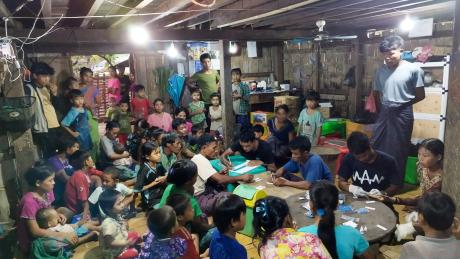
MAF-funded solar lighting kits are transforming the effectiveness of village health workers in some of Myanmar’s most isolated communities – and the number of kits is about to increase more than tenfold.
Story by Matt Painter
“Most patients come to me in the evening or at night after they return from their farms,” said village health worker Ko Kaung*, from the Naga mountains. “That’s really the best time for consultations.
“But without proper lighting, I have to use my phone’s flashlight with one hand while trying to do patient check-ups, recordkeeping, and managing drug stocks with the other,” he said. “It’s not easy.”
MAF partner Medical Action Myanmar (MAM) works with more than 2000 village health workers, aiming to improve access to healthcare for all people in Myanmar.
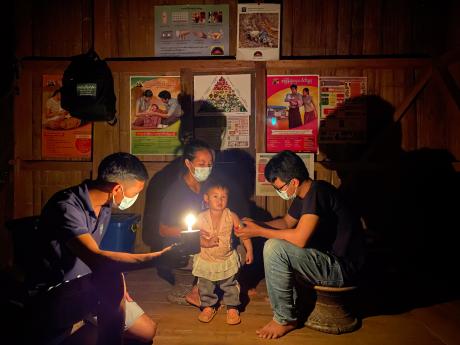
Many villages in Myanmar lack access to reliable electricity sources, which restricts essential health care services. Simple technology such as solar lighting kits can change the ending for isolated people.
“Even when the MAM mobile medical team visits us, I struggle to get proper on-the-job training at night because there’s no proper light,” added Ko Kaung. “With the solar set supported, it makes a big difference in the healthcare I provide.”
It makes a big difference in the healthcare I provide.
In late 2022, in partnership with MAM, 54 solar kits were set up in the villages of Nanyan, Lahe, Hkamti, Layshi in the Naga area, and Paletwa in Chin state.
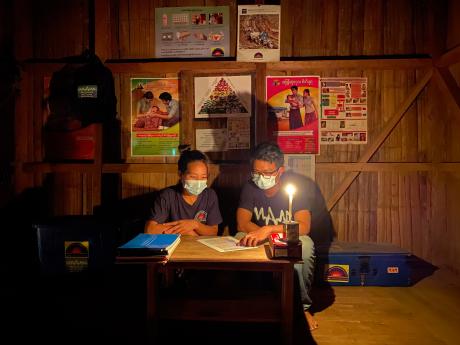
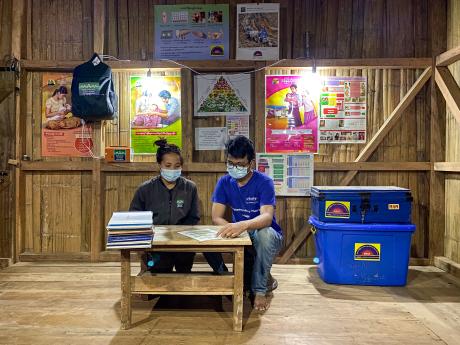
Sieb Janssen, MAM’s Interim General Director & Resource Director, explained that the kits are simple yet versatile.
“The solar kits consist of a solar panel connected to a small inverter with a battery,” he said. “During the day it charges the battery and at night it can support around four LED bulbs. Plus, it can also be used to charge a phone.”
Nay Lin is a village health worker serving in PutaO, in northern Myanmar’s Kachin state.
“Life in PutaO’s remote villages stops after sunset,” she said. “Without electricity, homes are covered in darkness and providing healthcare at night becomes incredibly challenging. Attending to a sick child, assisting with childbirth, or even preparing medication is nearly impossible in the pitch-black night.
“Before solar lights, we relied on candles, weak battery-powered torches or oil lamps, all of which were unreliable and often ran out at critical moments.
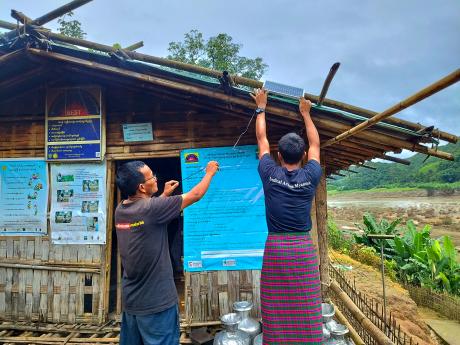
“Imagine trying to identify a snake bite in the dark or assisting with childbirth with only the dim glow of a candle,” said Nay Lin. “The risk of errors, accidents, and delays in care was high.
“Solar lights have transformed this. Now, we can respond to emergencies at any hour without hesitation. Households that were once completely dark now have light, making everyday life safer and more comfortable for families. Patients can receive care with proper visibility, and health volunteers can work with confidence,” said Nay Lin.
“In a place where electricity is a rare luxury, solar power is not just an improvement—it is a necessity,” she added. “It brings security, efficiency, and hope to those living in some of the most isolated and remote parts of Myanmar.”
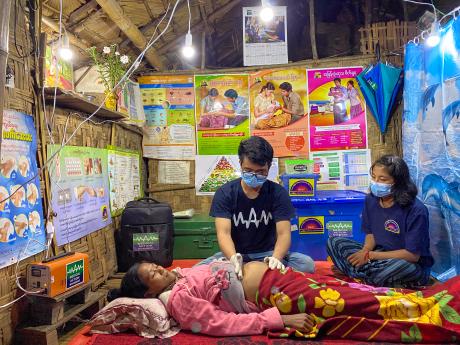
Deeram Khong, MAF’s General Manager in Myanmar, understands the impact of this technology from his personal experience.
“These solar kits help bring physical healing to people in isolated communities and provide hope in the midst of unprecedented challenges in the country,” he said.
“I believe that many people are having their very first experience of this kind of small solar kit and the light it provides. I myself used to live in one of those communities where there was no electricity and all we had were candles and woodfire.”
Thanks to generous donor support from the Netherlands, MAF has funded 600 more solar kits, which are currently en route to Myanmar.
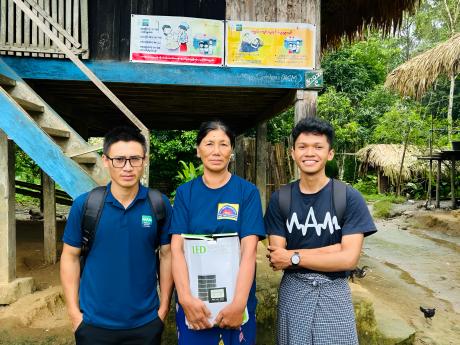
*Pseudonyms have been used in this story